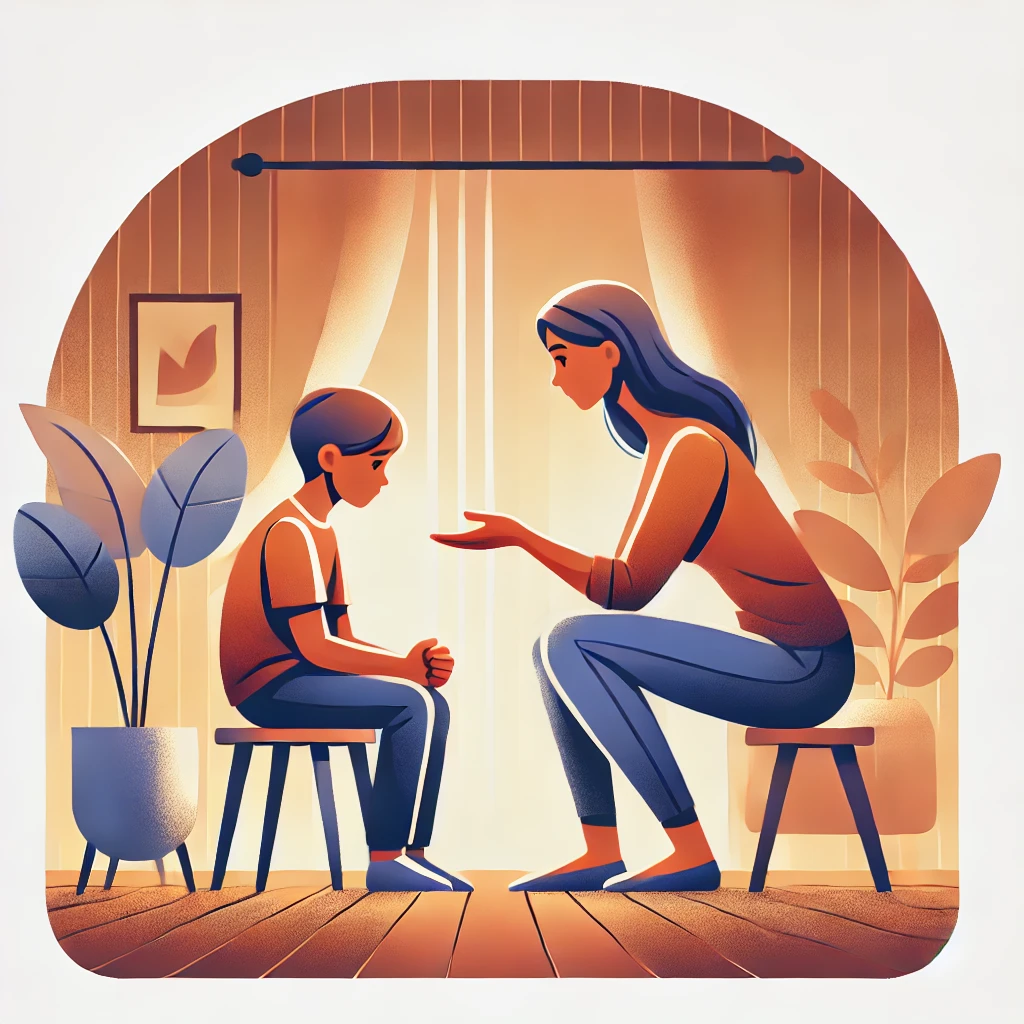
The Ultimate Guide to Positive Discipline Techniques for Effective Parenting
Learn how to guide your children with respect, patience, and understanding while fostering a positive learning environment at home.
What Is Positive Discipline?
Positive discipline isn’t about punishment—it's about teaching. Instead of yelling, spanking, or using harsh words, it focuses on guiding children with patience, respect, and consistency. Think of it as training a young tree: gentle support helps it grow strong, while force can break it.
Why Choose Positive Discipline Over Traditional Methods?
Parents who adopt positive discipline help their kids develop self-control, responsibility, and problem-solving skills. Unlike traditional punishment, which often leads to fear and resentment, positive discipline strengthens the parent-child bond and fosters mutual respect.
15 Powerful Positive Discipline Techniques
1. Set Clear Expectations
Children thrive on structure. Clearly state your rules and expectations so they know what’s acceptable and what’s not.
2. Use Positive Reinforcement
Encourage good behavior with praise, rewards, and recognition. A simple “Great job!” can do wonders for a child’s self-esteem.
3. Offer Choices
Empower your child by letting them choose within limits. For example, “Would you like to wear the red shirt or the blue one?”
4. Teach Problem-Solving Skills
Instead of fixing everything for them, help children learn to solve their own problems. This boosts confidence and critical thinking.
5. Use Time-Ins Instead of Time-Outs
Instead of isolating your child as punishment, sit with them and talk about their behavior. This helps them understand their emotions and actions.
6. Model the Behavior You Want to See
Kids learn by example. If you want them to be kind and respectful, show them how it’s done.
7. Stay Calm and Consistent
Shouting only escalates situations. Stay calm and apply consequences consistently.
8. Encourage Creativity in Problem-Solving
Let kids explore different solutions to their issues, whether through storytelling, drawing, or role-playing.
9. Use Logical Consequences
If a child refuses to put away their toys, take the toys away for a short time. This teaches accountability.
10. Strengthen Communication with Teenagers
Teenagers need open, honest conversations rather than lectures. Listen to their concerns without judgment.
11. Manage Screen Time Effectively
Set limits on screen time and encourage outdoor activities and family bonding.
12. Balance Work and Parenting
Work-life balance is key. Set boundaries at work to ensure quality time with your child.
13. Incorporate Educational Toys and Activities
Use toys that promote learning and problem-solving, such as puzzles and STEM kits.
14. Create a Positive Learning Environment at Home
Designate a space for reading, homework, and creativity to encourage focus and growth.
15. Practice Patience and Self-Care
Parenting is tough. Take care of yourself to be the best version of you for your child.
Top Parenting Challenges and How to Overcome Them
- Defiance: Stay calm and reinforce boundaries.
- Sibling Rivalry: Encourage teamwork and conflict resolution.
- Homework Battles: Use apps to make learning fun.
- Bedtime Struggles: Create a soothing bedtime routine.
Best Educational Tools for Kids in 2025
With technology evolving, here are some top-rated educational tools:
- ABCmouse: Ideal for early learners.
- Khan Academy Kids: Free and interactive lessons.
- Duolingo: Great for learning new languages.
Final Thoughts
Positive discipline isn’t about being soft; it’s about being smart. It’s about raising kids who respect, not fear, authority. By using patience, consistency, and understanding, you can create a nurturing environment where your child feels valued and heard.
FAQs
1. What is the main goal of positive discipline?
The main goal is to teach children responsibility and problem-solving skills while maintaining mutual respect.
2. How can I balance discipline and love?
Discipline with empathy. Set firm boundaries, but always ensure your child feels loved and understood.
3. What are some affordable ways to create fun learning activities?
Use household items for DIY learning games, visit libraries, and engage in free community programs.
4. How do I handle tantrums without punishment?
Stay calm, validate their feelings, and redirect their energy into a positive activity.
5. What’s the best way to encourage creativity in children?
Provide open-ended toys, encourage storytelling, and let them explore different art forms without judgment.